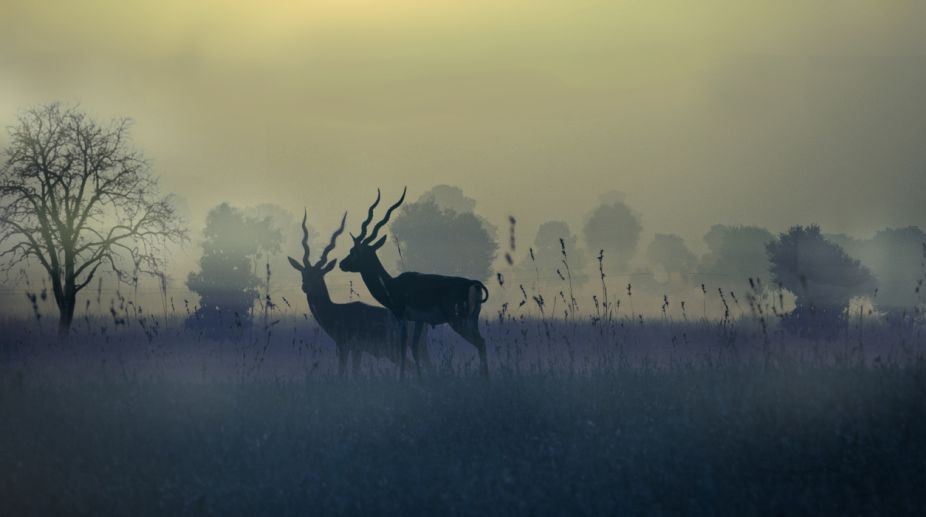Moo point
“Scientists believe the cow is the only animal that both inhales and exhales oxygen,” he was widely reported to have observed

(Photo: Getty Images)
About a dozen years ago I pointed out in the columns of this newspaper how fast the wild life of the open plains was going. The countryside was most open to human occupation and exploitation and since illicit shooting and snaring became uncontrollable once a network of roads and a number of closely spaced settlements was established, the fauna had hardly a chance.
Since quite a few of our birds and beasts were not forest creatures but inhabitants of the flat scrub (the grey partridge, the Great Indian Bustard, the Indian fox, the blackbuck, and the now extinct cheetah) it seemed inevitable that unless sanctuaries for these animals were established they were doomed.
It gives me little pleasure today to know that my fears of 1954 were well founded and that in many areas where they still survived then, many plains animals are now extinct. The blackbuck and the Great Indian Bustard of the plains country around the Tungabhadra Dam provide a fair example of such local extinction. In the forties, blackbuck were to be found here in large herds, some a hundred strong. In the mid-fifties, these had been reduced to a few small scattered herds. Today, blackbuck is extinct in the area.
Advertisement
The Great Indian Bustard, still there in the fifties, is likewise gone. The same fate has overtaken blackbuck in many other areas. It is ironic that this animal, the loveliest and one of the fastest of all antelopes, exclusively Indian, and once so common that every hunter started his career stalking it, is not to be found at all in places famous for their buck.
The gun and the snare (the noose is usually made of the Achilles tendon of the buck, and set in a patch of vegetation likely to attract the animal) have finished it off. The chief natural enemies of the buck were the cheetah, and the wolf (which was mainly a plains animal in peninsular India).
The cheetah became extinct here years ago, and today the wolf, too, is no longer to be found in our plains. Even with the elimination of these two predators, how is it that the blackbuck has not flourished, even in small areas such as Guindy Park and the Kodikarai Reserve Forest of Madras where it is protected? Before attempting to answer this question, I should make it clear that mere existence in fair numbers is not, in my opinion, proof that a species is doing well, I am in no position to judge the blackbuck of the Kodikarai Reserve but I can say from personal knowledge that the buck of Guindy Park has deteriorated in size during the past 25 years.
As all naturalists know, the survival of a natural predator has a salutary effect on the prey. The removal of the predator usually results in the bodily degeneration of the prey and its increased susceptibility to diseases as the balance of nature is upset by the removal of a factor that influences the survival of the fittest.
Another cause for buck not doing well in a limited area is that they need ample space. Keen-sighted, fleet-footed (they are the fastest long distance runners in the world) and endowed with the stamina and habits needed for ranging far each day, limitation to a few square miles of territory soon leads to decline in their build and strength.
An even more potent cause for their decline is that within the limited area of their protection they sometimes have to contend with unnatural competitors, such as the cheetal of Guindy Park and the Kodikarai Reserve.
To introduce cheetal into any area to which it is not native and in which the natural predators of the deer (tiger, leopard and wild dogs in the main) are not found is to do something foolish and risky, for the cheetal is the most versatile and adaptable of our herbivores and also the most fecund, not only will the cheetal overrun the area and devastate the vegetation, but it will also have a most undesirable influence on the truly native herbivores.
This is such an important factor in wild life preservation work in India, and one so liable to be overlooked, that I will not go into it cursorily here, but devote adequate space and care to it in a future note.
(This was published on 11 April 1966)
Advertisement